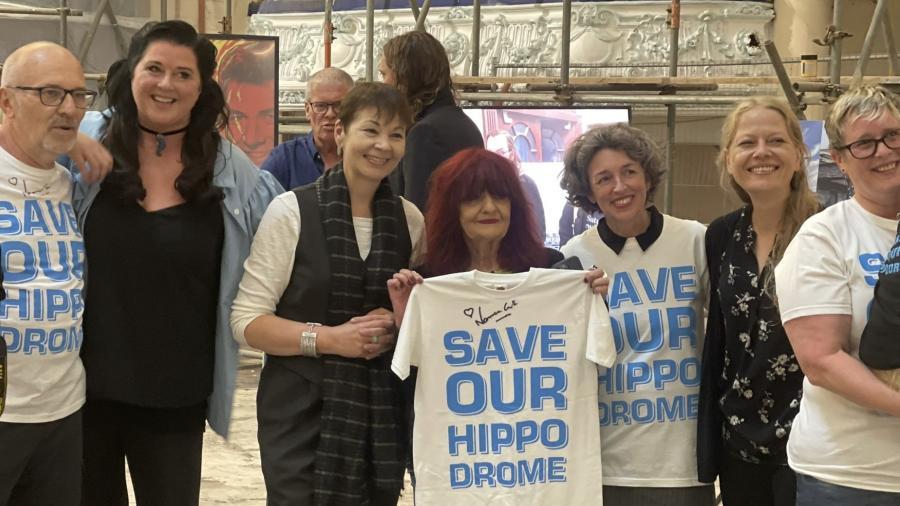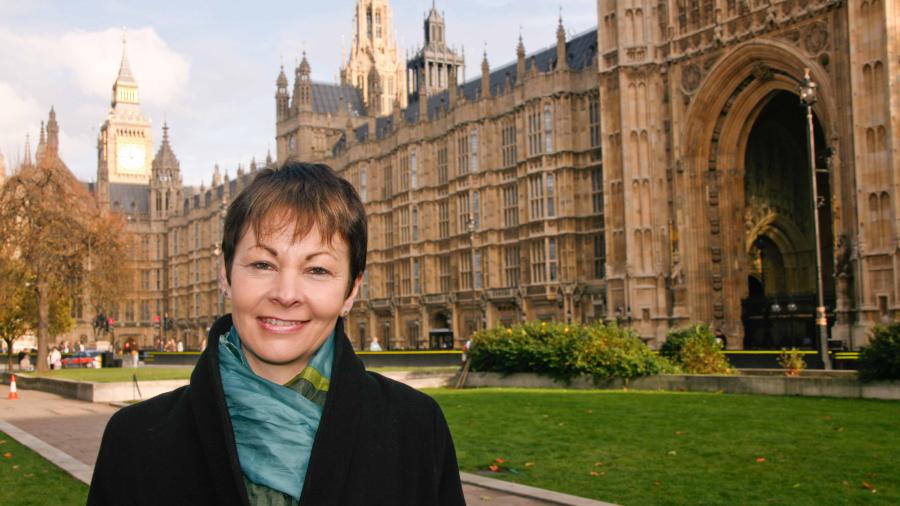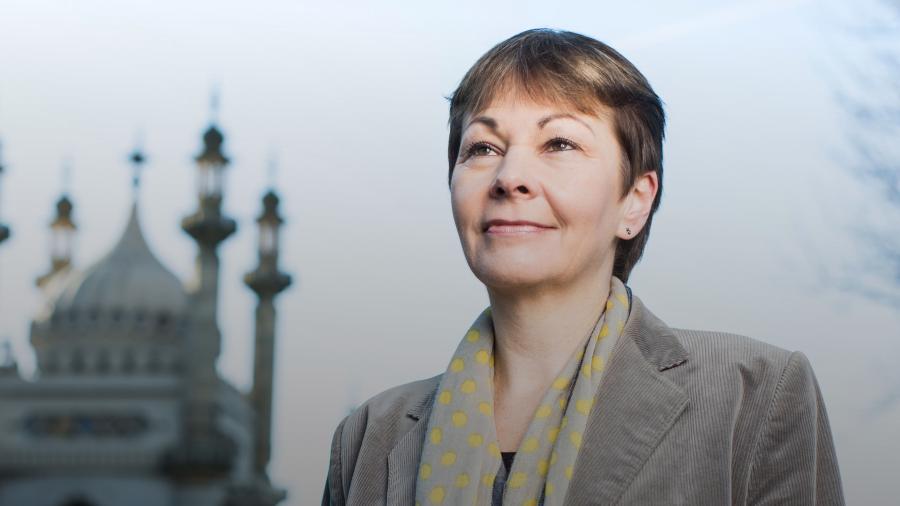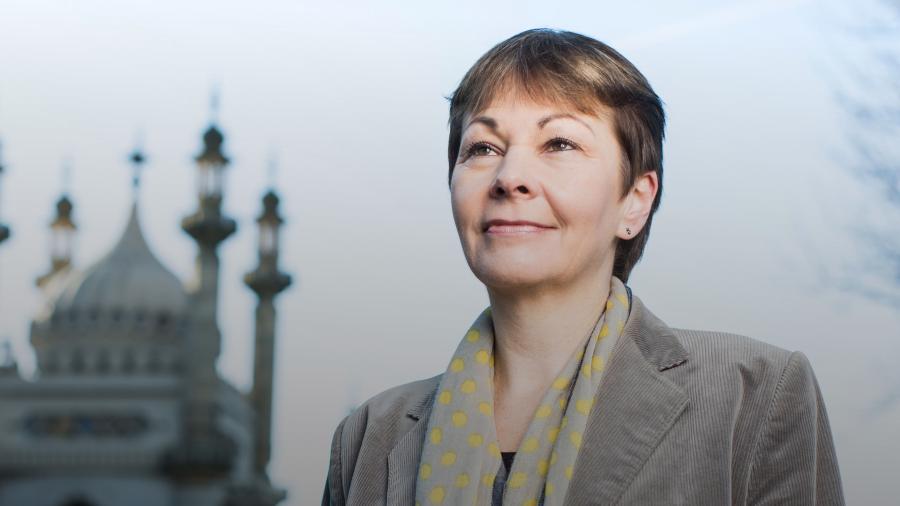It really is crunch time for Brighton Hippodrome.
On Wednesday the application to restore this hidden jewel in Brighton’s crown will come to Brighton and Hove City Council’s Planning Committee. After more than a decade of working with various owners and I am hopeful that councillors will recognise that this is THE opportunity to bring this beautiful and historic venue back into use.
The building was constructed in 1897 as an ice rink. However, several years later the renowned theatre architect, Frank Matcham, converted the building into a circus, at which point it was named The Hippodrome. It has been adapted on several occasions over time, but its original design for use as an entertainment / variety venue continued from 1902 until the mid-1960s. The building hosted many international artists touring the country, with The Beatles notably playing at the Hippodrome on three occasions.
The Hippodrome’s beautiful Frank Matcham ceiling and interior is of the highest significance – and is a feature which heritage bodies rightly recognise must be preserved. With the building remaining unused and deteriorating since 2006, it has long been on the Theatres’ Trust at risk register.
Other Matcham buildings of note include magnificent theatres such as the London Coliseum and the London Palladium, and also the Tower Ballroom in Blackpool which, like Brighton Hippodrome, was not originally built as a theatre. These venues serve to evidence Matcham’s importance as an architect of national significance, and that there is interest beyond Brighton and Hove in the preservation of his work.
Since the new owners, a local family firm called Matsim, purchased the building in 2020, they have invested over £5 million to restore the fabric of the building. They have put forward exciting plans to bring the building back into use as a live performance venue.
I know that some would prefer to hold out for a possible future proposal to transform the building into a ‘lyric theatre' - a large scale theatre which can accommodate touring productions of musicals and other genres like dance and opera. However, there has never been a proposal with sufficient funding to achieve that vision, and it’s worth noting that the Hippodrome was not originally designed as a lyric theatre, nor has it ever been one. We are running out of time and options,and the priority for me is to ensure that the building doesn’t deteriorate any further. The Matsim plans represent an exciting and practical proposal and I believe it’s vital that we seize this opportunity now.
I’m pleased to see that planning officers have recommended Matsim’s application be approved and I myself have submitted two statements in support of the plans. The millions of pounds already spent on the project to date has seen a new roof installed and significant sums spent to ensure the building is watertight and to prevent further deterioration. I’m convinced that they truly do recognise their role as custodians and are anxious to complete further work to protect the building. Without planning permission they can only plug gaps – not undertake work at the scale needed to secure the building’s future in the long-term.
Brighton and Hove has a long and proud reputation as a vibrant contributor to the arts sector and for its role nurturing new talent. It is no coincidence that so many established acts make their home in the city, such as Fatboy Slim, Royal Blood, and Nick Cave - or that it attracts so many new up and coming acts to perform or be based here at the start of their careers. The arts scene in Brighton and Hove is strong and diverse, and the city has played an important role in developing and supporting many now nationally and internationally renowned artists.
Brighton Hippodrome’s rich musical and variety history, coupled with its beautiful interior, will serve to strengthen the city’s offer and contribution to the arts, including by providing a unique new venue fit for the future. From the information the applicant has shared with me, they are committed to conserving the venue - maintaining and managing change in a way that sustains and, where appropriate, enhances its significance. I am also confident that they fully recognise the cultural significance of the Hippodrome, and that it is a building of national importance to the arts.
With the loss over the years of so many live performance venues, this opportunity to restore and preserve aspects of the UK’s proud music hall, variety, and theatre history is of national significance and must be seized.



